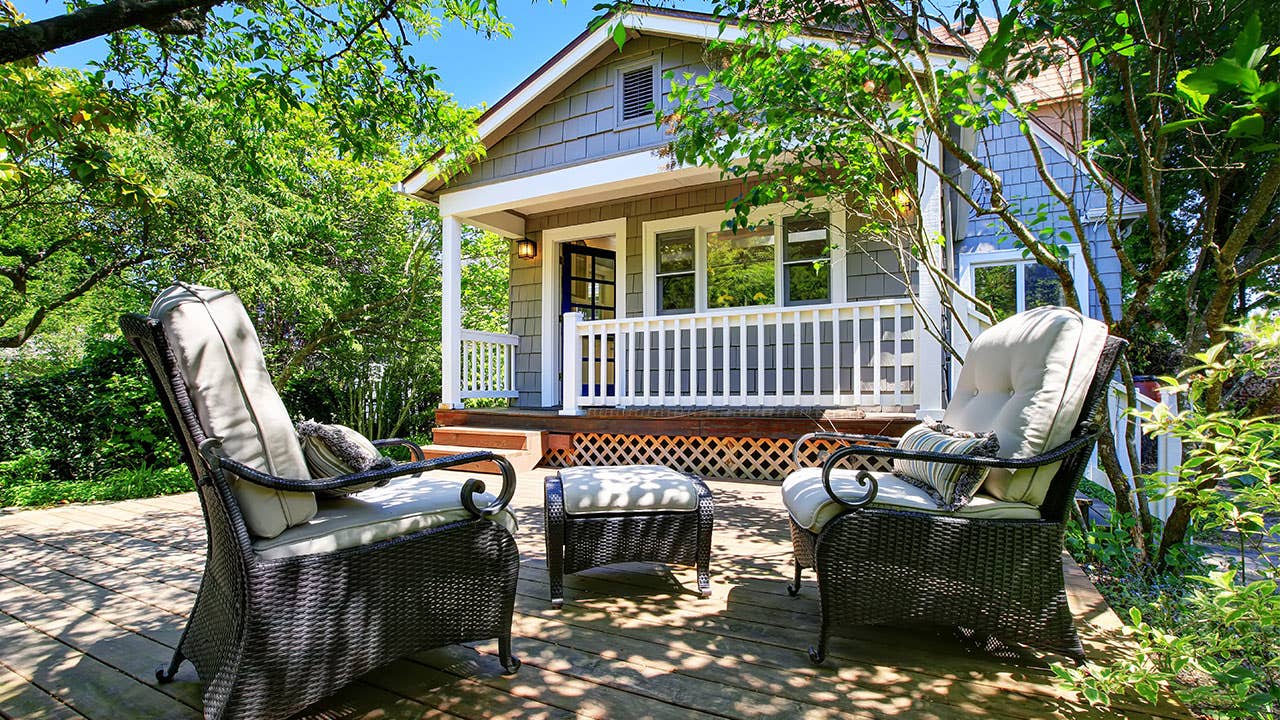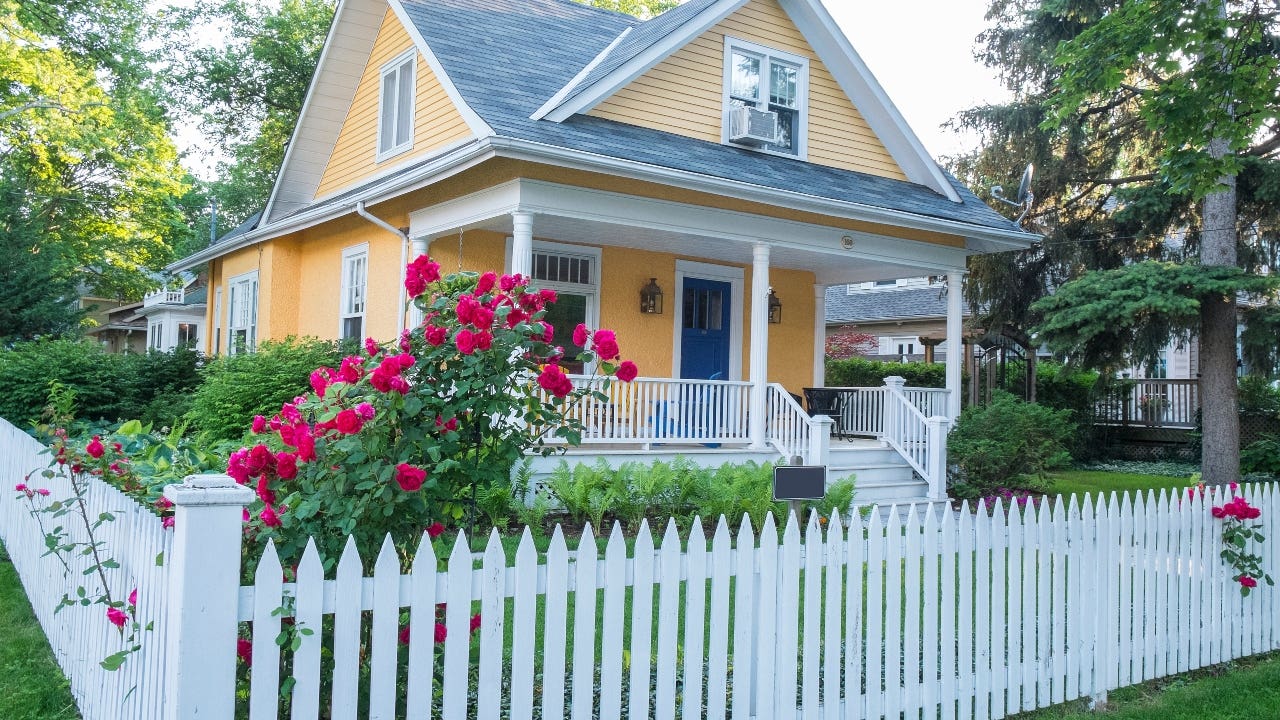
The pandemic housing boom means American homeowners are located on a huge pile of home equity. Lenders allow you to pull a number of those funds from home through a cash-out refinance.
In a cash-out refinance, you retire your overall mortgage and withdraw a portion of your home’s equity inside a lump sum payment. As with any financial decision, a cash-out refi includes advantages and disadvantages.
Cash-out refinance: Pros and cons
Pros
- Access to some big slice of cash: The largest upside of the cash-out refinance is that you obtain the money you have to upgrade your home or pay down debt by unlocking the equity you already have.
- Predictable payments: Most borrowers who take cash-out refinances do so with 30-year fixed-rate mortgages. That means you are aware how much your monthly obligations will be. That’s incorrect with other options for tapping home equity — many home equity credit lines, for instance, carry variable, rather than fixed, rates.
- Upgrades can boost your home’s value: With respect to the kind of renovation you fund together with your cash-out refi, the improvements could increase the worth of your home and additional build your equity. Kitchen and bath remodels are especially effective about this front.
- Potential tax deductions: Renovations can also really make a difference whenever you file your taxes. Generally, you can deduct the eye you have to pay around the mortgage so long as you make use of the funds to create improvements that increase the value of the house. Improvements may also greatly increase your tax basis in the house, which will lower your capital gains tax liability whenever you sell.
- Mortgage debt is “good debt”: For most consumers, mortgage debts are the cheapest type of money available. Compared to charge cards, unsecured loans along with other kinds of debt, mortgages offer a combination of low interest rates and favorable terms.
Cons
- You owe more: With a cash-out refinance, your overall debt load increases. No matter how close you were to paying off your original mortgage, the extra cash you obtained to pay for the contractor has become a bigger financial burden. This also reduces your proceeds should you sell.
- Closing costs: Just as you'd to pay closing costs in your original mortgage, you’re gonna need to pay similar expenses when you refinance. Those can be significant — the credit check, appraisal along with other costs can also add as much as 2 percent to 4 % from the loan amount.
- You need plenty of equity: Lenders generally require you to maintain at least 20 percent equity in your house (even though there are exceptions) after a cash-out refinance, so if you bought recently having a low-down payment loan, you might not qualify.
- You may be kicking your debt can down the road: Financial experts say tapping home equity to cover renovations is really a wise move. But when you’re cashing to repay high-interest debt on credit cards, have a long pause. Make certain you’ve addressed whatever spending issues led you to increase your debt to begin with. Otherwise, you might find yourself in a debt spiral.
- Unexpected tax implications: With a cash-out refinance, you take on additional mortgage debt, which can increase your tax liability. Be sure to consult with your accountant.
When cash-out refinancing isn’t worth it
If you’re concerned about the outcome of cash-out refinancing on your long-term financial health, consider your future plans.
If you anticipate to sell your home soon, for example, may possibly not seem sensible to refinance for a cash-out loan. In the end, you’ll have to repay the larger balance at closing.
This is something of the gray area, though. If your kitchen is decorated in 1970s-vintage Formica counters, vinyl floors and wallpaper, then maybe using the cash-out proceeds to update will boost your home’s value enough to recoup the expense.
Bottom line
A cash-out refinance can be a smart way to pay for home improvements and renovations, but you have to have adequate equity in your house, and ideally, obtain the most favorable rate.
Bankrate Insight
Before you begin comparing refinance rates, be sure you know what your location is financially.
You may use Bankrate’s loan-to-value (LTV) ratio calculator to have a solid grasp how much you owe on your existing mortgage. Then, you can add up the projected costs of your home renovation to determine how much you have to turn your present home into your ideal home.








